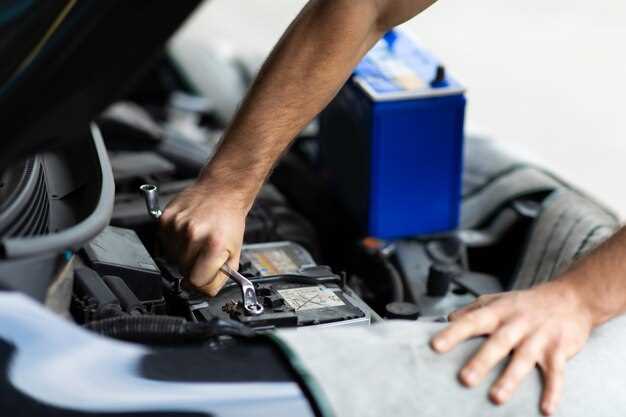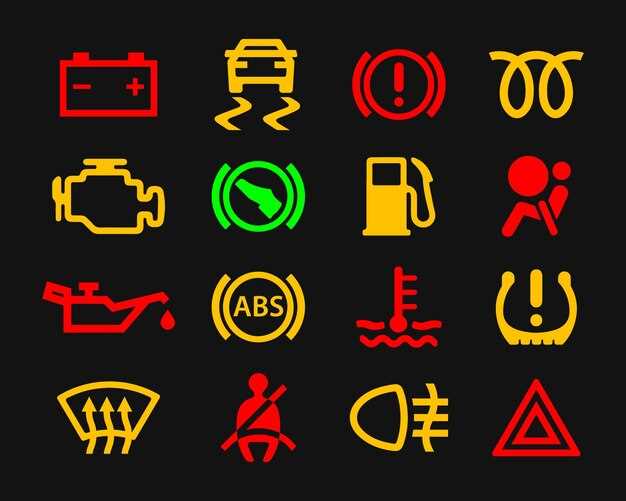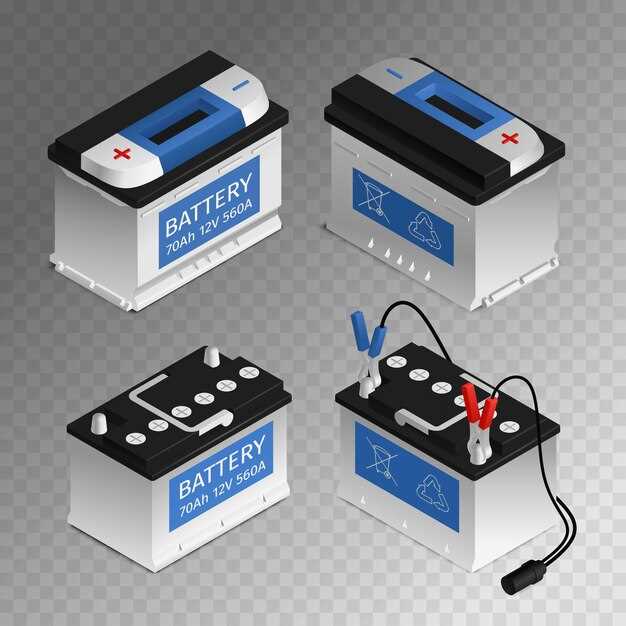
Every Toyota owner cherishes the reliability and performance of their vehicle. However, even the most dependable cars rely on a functioning battery to start and operate effectively. As time passes, the battery in your Toyota can degrade, leading to various issues that can affect your driving experience.
Understanding the signs that indicate it might be time to replace your Toyota battery is crucial for maintaining your vehicle’s performance. Ignoring these signs could result in an unexpected breakdown or failure to start when you need it the most. Recognizing early symptoms of battery deterioration can save you time, money, and inconvenience.
In this article, we will delve into the key indicators that suggest your Toyota’s battery may be nearing the end of its lifespan, ensuring you stay informed and prepared to take action when necessary. From sluggish starts to dashboard warning lights, we will outline the warning signs and provide you with the knowledge to make an informed decision about battery replacement.
Signs of Diminished Battery Performance in Your Toyota
Recognizing the signs of diminished battery performance is crucial for maintaining the reliability of your Toyota. Here are some key indicators that it may be time for a battery replacement:
- Slow Engine Crank: If your engine takes longer to start than usual, it could signify that your battery is struggling to provide sufficient power.
- Dim or Flickering Lights: Dimming headlights or dashboard lights can indicate that your battery is unable to supply the necessary voltage, particularly when the vehicle is idling.
- Electrical Issues: Malfunctions in electronic systems, such as the radio, power windows, or air conditioning, can be a sign of a weak battery affecting overall vehicle performance.
Additionally, consider the following observations:
- Swollen Battery Case: If the outer casing of your battery appears swollen or bloated, it often indicates overheating and potential failure.
- Unpleasant Odor: A rotten egg smell near your battery may mean that it’s leaking and could pose safety risks, necessitating a prompt replacement.
- Check Engine Light: Frequent illumination of the check engine light can point to battery issues among other vehicle problems, prompting the need for deeper inspection.
If you notice any of these signs, it’s advisable to consult a technician to assess your battery’s condition. Timely replacement can help avoid unexpected breakdowns and ensure your Toyota runs smoothly.
How to Diagnose Battery Issues Before Replacement

Identifying battery issues in your Toyota before opting for a replacement can save you both time and money. Start by checking the battery connections. Loose or corroded terminals can prevent your battery from charging properly. Ensure that the connections are clean and tightly secured.
Next, perform a visual inspection of the battery itself. Look for any signs of swelling, leaks, or cracks in the casing. These are indicators that the battery may be failing and could need to be replaced soon.
Another effective method is to test your battery’s voltage using a multimeter. A healthy battery should measure around 12.6 volts when the vehicle is off. If the reading is significantly lower, this suggests your battery may be unable to hold a proper charge.
If your Toyota is experiencing difficulty starting, listen for slow or sluggish cranking sounds. This can be a sign that your battery is losing its capacity. Additionally, pay attention to your vehicle’s electrical components. Dimming headlights or interior lights can indicate battery issues.
For a more comprehensive diagnosis, consider conducting a load test. This test determines how well your battery can perform under stress. If your battery struggles to maintain voltage during the test, it may be time to consider a replacement.
By systematically checking these aspects, you can accurately diagnose potential battery issues in your Toyota and decide whether a replacement is necessary.
Steps to Safely Replace Your Toyota Battery

Replacing your Toyota battery is a task that requires attention to detail and safety precautions. Follow these steps to ensure a smooth replacement process.
1. Gather Necessary Tools
Before starting, gather the right tools: a socket wrench, a battery terminal cleaner, safety gloves, and protective eyewear. Having these items on hand will make the process more efficient.
2. Turn Off the Vehicle
Ensure your Toyota is completely off. Remove the keys from the ignition to prevent any electrical accidents during the replacement.
3. Open the Hood
Locate the hood release lever inside your vehicle. Once the hood is open, secure it with the prop rod to keep it stable while you work.
4. Identify Battery Location
In most Toyota models, the battery is located in the engine compartment. Ensure you can access the battery without obstructions.
5. Disconnect the Negative Terminal
Using your socket wrench, locate the negative terminal, usually marked with a minus (-) sign. Loosen the nut and remove the cable, ensuring it does not touch the battery during the process.
6. Disconnect the Positive Terminal
Next, disconnect the positive terminal, marked with a plus (+) sign. Follow the same procedure: loosen the nut and carefully remove the cable.
7. Remove the Old Battery
Once both terminals are disconnected, lift the battery carefully out of its tray. Be cautious, as batteries can be heavy. Use proper lifting techniques to avoid injury.
8. Clean the Battery Tray
Before installing the new battery, clean the battery tray and terminal clamps with a battery terminal cleaner. This step ensures a good connection with the new battery.
9. Install the New Battery
Place the new Toyota battery in the tray, ensuring that the positive and negative terminals are on the correct sides. Secure it in place according to your vehicle’s specific instructions.
10. Connect the Positive Terminal First
Attach the positive terminal first by placing the cable over the terminal and tightening the nut securely. This prevents accidental short circuits during the connection process.
11. Connect the Negative Terminal
After securing the positive terminal, connect the negative terminal in the same manner. Ensure it is firmly in place to avoid potential power issues.
12. Close the Hood
Once the new battery is connected and secured, close the hood carefully. Make sure it latches properly to prevent any accidents while driving.
13. Test the New Battery
Start your Toyota to confirm the new battery is functioning. If the vehicle starts smoothly, your battery replacement was successful!
